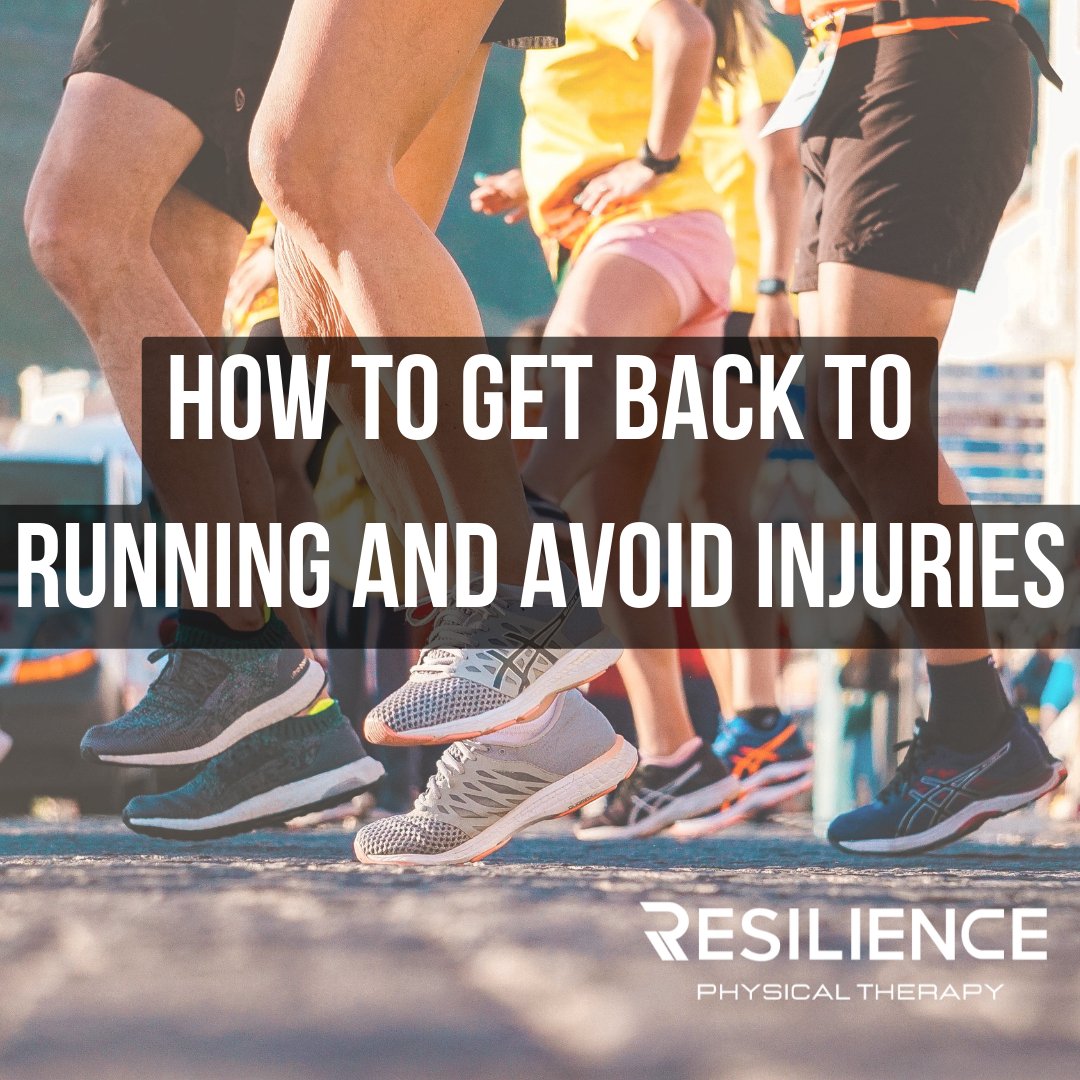After delivery, new mothers start to become busy with nursing, learning their baby’s schedule, preparing food, doing house chores along with many other tasks. Throughout this busy time, one question that always arises is, when is the proper time for me to back to get back to exercising and being active? Also, where do I start?
According to the American College of Obstetricians and Gynecologists (ACOG) committee, exercise routines may be resumed gradually after pregnancy as soon as medically safe, depending on the mode of delivery (vaginal or cesarean birth) and the presence or absence of medical or surgical complications.
Pelvic floor exercises (Kegels) can be initiated in the immediate postpartum period. However, I highly recommend you consult with a pelvic floor physical therapist to properly perform a Kegel exercise if you’re not familiar with it.
_
Remember your body just underwent trauma from delivery...
Week 1-4 is a healing period for your body. At this time, the most important thing to do is to practice Kegels in a variety of different positions and activities as well as build up a relationship with your baby.
Week 4-6 you might be able to start light abdominal/core engagement exercises. This could help you prevent Diastasis Recti from occurring. However, everything has to start with light intensity (30%), do not overstress your abdominal muscles. If you see a gap or dome on your belly while performing exercises, please decrease the intensity or consult with a pelvic floor physical therapist.
Week 6-12 is the phase when your body should be ready for higher-level activity, we want to start incorporating Kegels into gym exercises. Week 6 would be a good time to consult with a pelvic physical therapist to create a customized return to gym program.
Week 6-8 you should be starting in the gym with no weight followed by light weightlifting (around your baby's weight).
Week 8-12 you can begin fast pace walking, and increase reps with light weights. You should avoid high-impact activities such as box jumps, double-unders, sprinting, and also strenuous abdominal exercises such as toes to bar and kipping pull-ups.
_
The key to postpartum life is patience, listening to your body, re-training your pelvic floor muscles, and building up a relationship with your baby. :)















